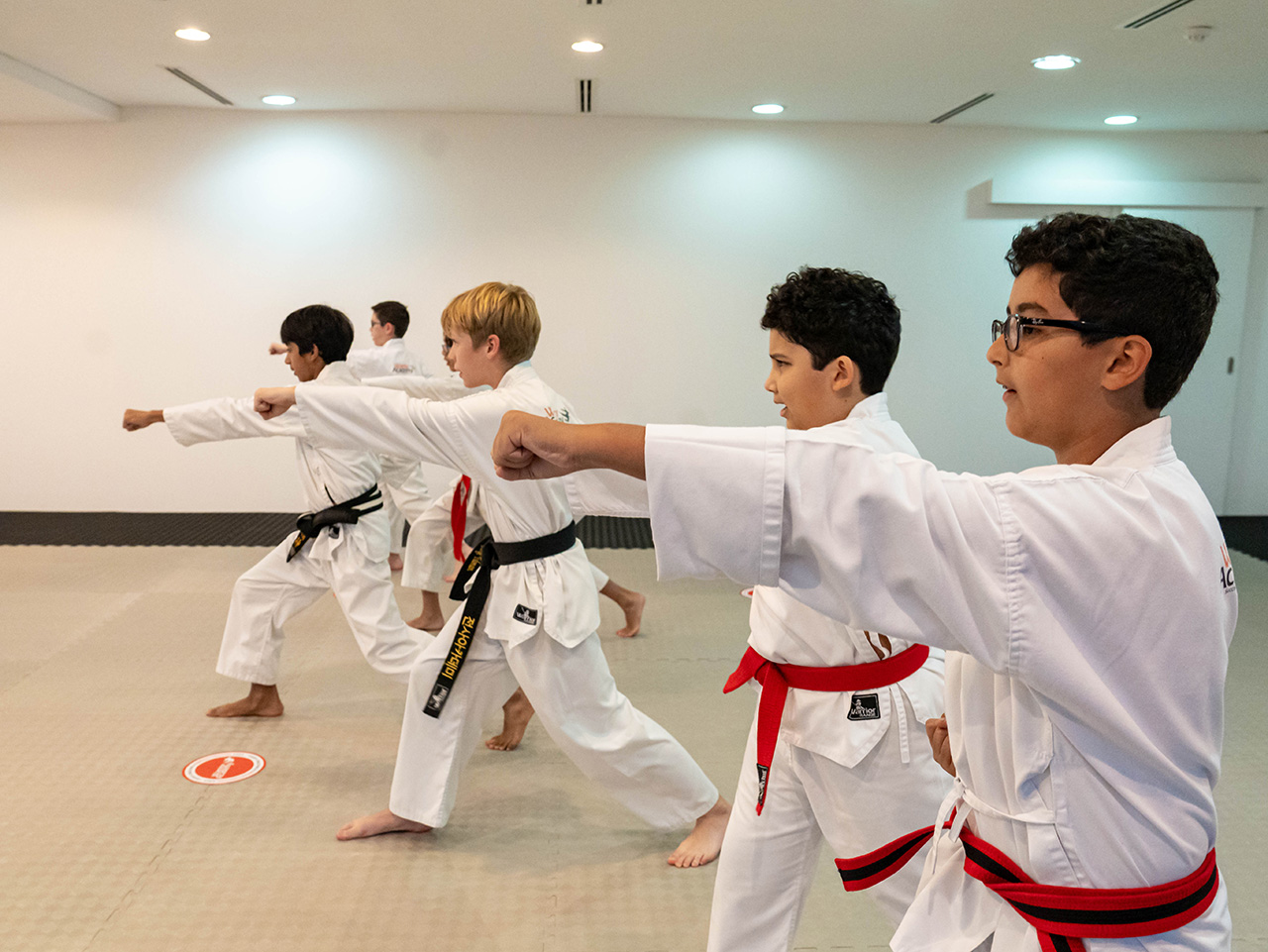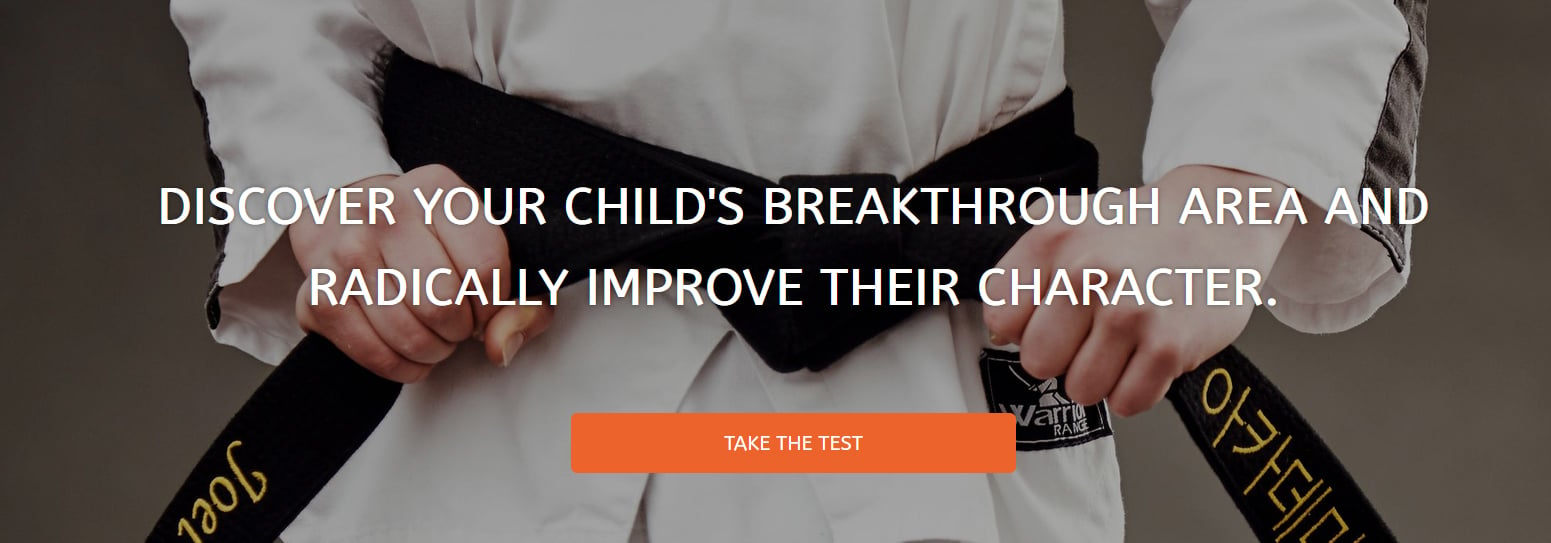Introduction to Martial Arts for Children
The ancient practice of martial arts is more than just a physical endeavour; it's a comprehensive approach to the development of character, discipline, and mental fortitude. When introduced to children, martial arts can play a pivotal role in cultivating essential life skills such as patience and persistence. These are not just qualities that help them in training but are virtues that will guide them through challenges in life. Today we’re going to cover 5 martial arts techniques that teach children patience and persistence.
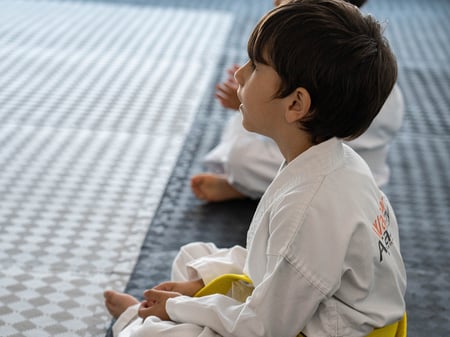 The Philosophy Behind Martial Arts
The Philosophy Behind Martial Arts
Martial arts is grounded in a philosophy that values balance, harmony, and self-improvement. It teaches children to respect others, to be humble, and to be persistent in the face of adversity. These lessons are imparted not only through physical techniques but also through the mental and spiritual teachings that accompany martial arts training.
Why Focus on Patience and Persistence?
In a world where instant gratification is often the norm, to teach children patience and persistence, and the value of it, is increasingly important. These virtues help children develop resilience, allowing them to face and overcome difficulties. Martial arts provide a unique context in which these skills can be learned and practiced regularly.
5 Martial Arts Techniques to Teach Children Patience and Persistence
Technique 1: The Art of Kata - Precision and Repetition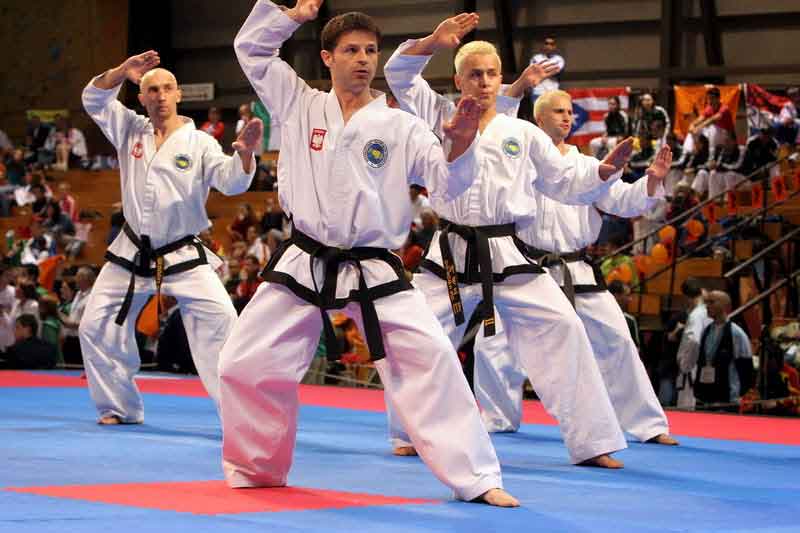
Kata, Tul, Pomsae, Patterns, or Forms; a sequence of movements practiced in many martial arts, teaches children the importance of precision and repetition. Through constant practice, they learn that patience is key to mastering each movement and that persistence is required to improve over time.
Developing Patience Through Mastery
Mastering a kata takes time and effort. They teach children patience with themselves as they gradually improve, understanding that mastery does not come overnight.
How Kata Enhances Persistence
Persistence is cultivated as children are encouraged to continue practicing, even when progress seems slow. This teaches them the value of sticking with a task, even in the face of challenges.
Technique 2: Meditation and Breathing Exercises
These practices help children develop mindfulness, teaching them to be present and patient. They learn to control their breathing, which helps in managing emotions and maintaining focus.
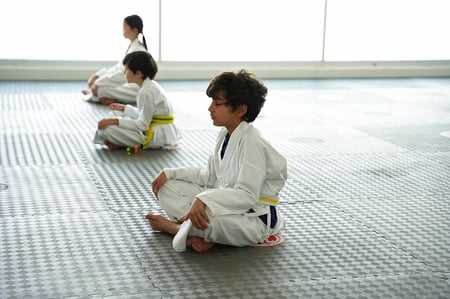 Fostering Patience Through Mindfulness
Fostering Patience Through Mindfulness
By being mindful, children learn to wait patiently and react thoughtfully rather than impulsively. This patience is critical in both martial arts and daily life.
Breathing Techniques to Cultivate Persistence
Breathing exercises teach children that persistence is about maintaining effort, even when it's challenging. They learn that through continuous practice, they can improve their control and focus.
Technique 3: Sparring - Learning Through Challenge
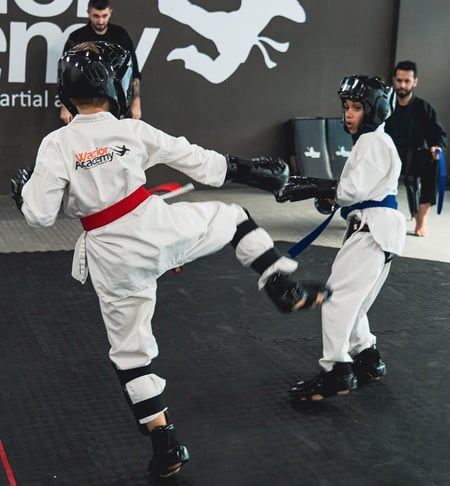 Sparring teaches children to apply their skills against an opponent, challenging them to adapt and persevere. It's a practical lesson in patience and persistence, as they learn from both victories and defeats.
Sparring teaches children to apply their skills against an opponent, challenging them to adapt and persevere. It's a practical lesson in patience and persistence, as they learn from both victories and defeats.
Patience in Overcoming Adversity
Sparring is a very effective tool to teach children patience and persistence. Learning when to move, be aggressive in attack, how to defend and spot openings. Sparring plays a vital role in active learning. This patience in the face of adversity translates to resilience in life's challenges.
Persistence in Achieving Mastery
Through sparring, children learn that persistence leads to improvement. They understand that overcoming obstacles is possible with continuous effort and determination.
Technique 4: Board Breaking - Goal Setting and Achievement
Board breaking is a dramatic demonstration of the power of goal setting and the persistence needed to achieve those goals. It teaches children to set targets and work steadily towards them.
Teaching Patience Through Progressive Training
Learning to break a board involves gradual, step-by-step training. Children learn the patience required to develop the strength, technique, and focus necessary for success. Breaking can teach children patience and persistence as not being able to break a board is a benchmark for technique that needs to be improved. It can be frustrating to hit a board and not break it, so realising that more work is needed in order to do so can be a challenge for some students.
Instilling Persistence Through Incremental Success
Each successful board break reinforces the value of persistence. Children see firsthand how sustained effort leads to achievement, encouraging them to apply this lesson in other areas of their lives.
Technique 5: The Journey of Belt Advancement
The belt system in martial arts symbolises the student's progress and achievements. Each new belt is a milestone that requires patience and persistence to reach.
The Role of Patience in Progression
Advancing to a higher belt level takes time and effort. Children learn to be patient with their own development, understanding that progress is a gradual process. As time goes by, often belt advancements take more time to achieve. You will also find that instructors look for other things in the student in order to ensure they are ready for a grading. Simply turning up is not enough. Sustained effort and learning are key factors in advanced belt progression. This is a powerful way to teach children patience.
The Importance of Persistence for Advancement
The journey through the belt ranks teaches children that persistence is key to achieving long-term goals. They learn to persevere, even when the path is difficult or progress is slow.
Integrating Martial Arts into Daily Life for Kids
Martial arts lessons extend beyond the dojo. Parents and guardians can help children apply the principles of patience and persistence in their daily lives, encouraging them to approach challenges with the same discipline and resilience they learn in martial arts.
Practical Tips for Parents and Guardians
 Encourage your child to set goals, be patient with themselves, and persist in their efforts, whether in school, sports, or personal projects.
Encourage your child to set goals, be patient with themselves, and persist in their efforts, whether in school, sports, or personal projects.
Encouraging Consistency Beyond the Dojo
Consistency is key in martial arts and life. Help your child understand the importance of regular practice, whether it's their martial arts techniques, homework, or household chores.
The Benefits of Martial Arts for Childhood Development
Martial arts training offers numerous benefits for children, including cognitive and emotional growth, physical health, and well-being. By learning and practicing martial arts, children develop a strong foundation for a healthy, balanced, and productive life.
Cognitive and Emotional Growth
Martial arts training enhances focus, discipline, and self-control. It also boosts confidence and self-esteem, as children achieve new skills and overcome challenges.
Physical Health and Well-being
Regular practice improves physical fitness, coordination, and flexibility. It also teaches children the importance of a healthy lifestyle and physical activity.
Common Challenges and Solutions
Starting martial arts can be intimidating for some children. Encourage them to try, reassure them of the supportive and respectful environment, and remind them that everyone starts as a beginner.
Overcoming Initial Hesitation
Introduce your child to martial arts gradually. Attend a class together or watch martial arts films to spark interest and reduce anxiety.
Addressing Concerns About Aggression
Martial arts teach respect, self-control, and non-violence. Explain to your child that martial arts are about defense, discipline, and character development, not aggression.
FAQs: Understanding Martial Arts for Kids
How young can children start martial arts?
- Children as young as 3 or 4 can begin martial arts training in programs designed for their age group, focusing on fun, movement, and basic skills.
Will martial arts make my child aggressive?
- No, martial arts training emphasises respect, discipline, and self-control. It teaches children to avoid violence and use their skills responsibly.
How often should my child attend martial arts classes?
- Consistency is key. Two to three times per week is a good starting point, allowing for steady progress and skill development.
Can martial arts help with my child's focus and discipline?
- Absolutely. Martial arts training is highly effective in improving focus, discipline, and self-control in children.
Are there specific martial arts styles better suited for children?
- Many styles are suitable for children, including Taekwondo, Karate, and Judo. Choose a style and school that emphasises character development and age-appropriate training.
What if my child wants to quit martial arts?
- It's normal for interests to fluctuate. Discuss the reasons with your child, and consider trying another martial arts style or taking a break before deciding.
Conclusion: The Lifelong Impact of Martial Arts
The journey through martial arts is much more than learning how to punch and kick. It's about developing patience, persistence, and a host of other virtues that will serve children well throughout their lives. By embracing the challenges and lessons martial arts offer, children can grow into well-rounded, resilient, and disciplined individuals ready to face life's challenges with confidence.
To learn which area of your child's life needs the most support, take our Breakthrough Area Assessment now by clicking the link below.

